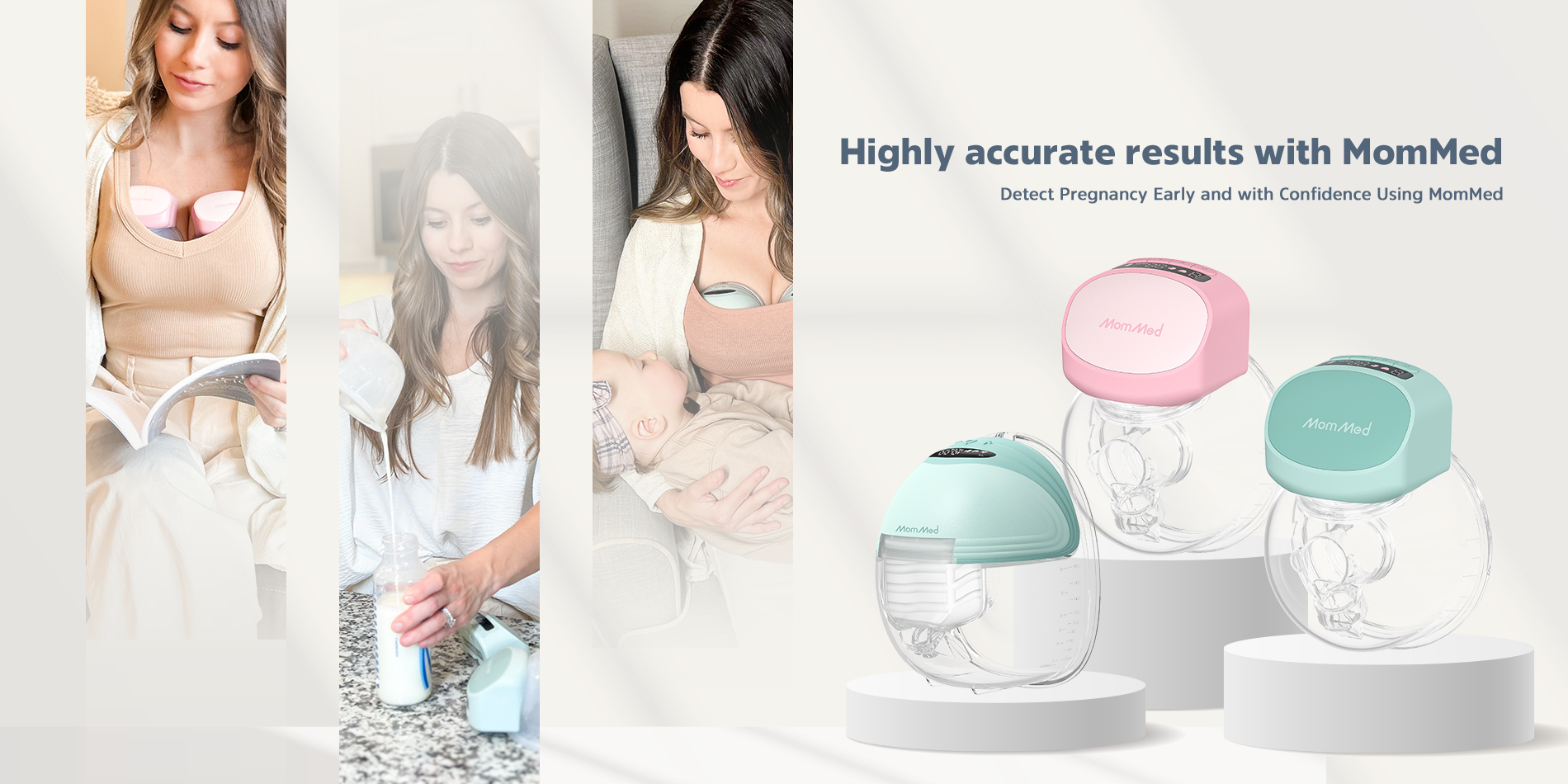Home
Pregnancy & Breastfeeding Tips for New Moms: Preconception, Pumping & Parenting Support
Pumping vs. Nursing | The Pros and Cons of Each

Pumping vs. Nursing | The Pros and Cons of Each
Many moms who breastfeed also pump regularly, and they can do this for several reasons. The most common reason is that they want to have breast milk ready for the future because they work or will otherwise be away from their baby temporarily but they still want the baby to be fed breast milk and not formula. While many mothers only pump occasionally, others pump regularly and this article is here to tell you the pros and cons of each of these.
Reasons to Choose Breastfeeding
There are so many advantages of breastfeeding that it’s hard to list them all in one article. Breast milk is the perfect food for infants because it is natural. If you pump most of the time, you might end up with nipple pain from pumping, but as long as you’re breastfeeding correctly, nipple pain is usually less common.
Here are some of the perks of breastfeeding:
- The more the baby feeds, the more milk you make, which means that you’ll always have enough milk to meet the baby’s demands.
- It is convenient because there are no bottles to keep up with or carry around with you, you can do it almost anywhere, and you never have to find a place to heat up bottles.
- It is the perfect food. Breast milk is filled with everything the baby needs to grow and thrive, especially if you eat healthy foods while breastfeeding.
- It is less expensive than formula. While breastfeeding involves a commitment from your body, it doesn’t cost anything financially.
- It enhances the bonding process. Instead of worrying about how your breast is sore after pumping, you can concentrate on being more comfortable physically and bonding much quicker with your baby.
Naturally, as great as breastfeeding is, there are still a few disadvantages to feeding this way, and they include the following:
- It is exhausting and can use up a lot of your physical energy.
- Breastfeeding on demand can be inconvenient when you have other things to do.
- Just like experiencing nipple pain while pumping, you can experience nipple pain from breastfeeding as well.
There is no need to worry, though, because there are things you can do about most of these “cons” so that breastfeeding is as advantageous as it’s supposed to be.
Reasons to Choose Pumping
When you pump regularly, you should either use the milk within 24 hours or place it in the freezer. Pumping properly means that it shouldn’t hurt, so if you’re constantly asking yourself, is pumping supposed to hurt, you might be doing something wrong, even though it’s easy to fix them.
If you’re considering pumping regularly, here are a few of the benefits that you’ll receive:
- Other people can feed the baby, leaving you more time to rest.
- It allows you to save breast milk for emergencies, such as when you can’t breastfeed because you aren’t feeling well, etc.
- It keeps your milk supply coming in strong.
- You can measure exactly how much the baby is eating.
- Oftentimes, it is less painful than breastfeeding.
On the other hand, there can be drawbacks to pumping, and most of them center around the fact that often, your nipples or breasts hurt after pumping. In addition to pain and soreness, pumping always involves a lot of hand and bottle washing, which isn’t a problem when you’re breastfeeding. Pumping can also be inconvenient because you have to carry the pump with you wherever you go, and it can be a little expensive because you have to buy bottles and other items.
Can You Do Anything About Soreness?
With both breastfeeding and pumping, breast and nipple soreness is possible, but if you’re wondering, why does pumping hurt, we have some answers for you. First of all, most soreness problems are due to one of two things: not using the breast pump properly, and using the wrong size breast shield (flange). Fortunately, both of these things can be fixed quickly.
If you notice dry or bruised nipples pumping your milk, or if the side of the breast hurts after pumping, try one of the following:
- Make sure that the shield is centered over the entire nipple and areola area. If you center it and you’re still having pain, it might be because your breast shield is either too large or too small.
- Keep in mind that breast shields come in three different sizes, and the makers of the pump can help you decide which one you should use.
- Never use full force when using a breast pump. The suction should be high enough to produce milk but no higher than that.
- If your breasts are engorged, try expressing a small amount of milk with your hands before pumping. You can also massage the breasts a little to experience less pain.
Both breastfeeding and pumping are easy ways to feed your baby with the baby food that nature itself has created, so you’re giving your baby the very best regardless of which one you choose. That being said, it’s good to know some of the pros and cons of each before getting started.
Conclusion
Giving your baby breast milk is a gift because there is nothing better you could be feeding them. When you breastfeed, you’ll likely find situations where you have to pump, too, so it’s good to know the pros and cons of each of these. While there are advantages and disadvantages to breastfeeding and pumping, it can make your decision a lot easier in the end once you learn them.
Share
